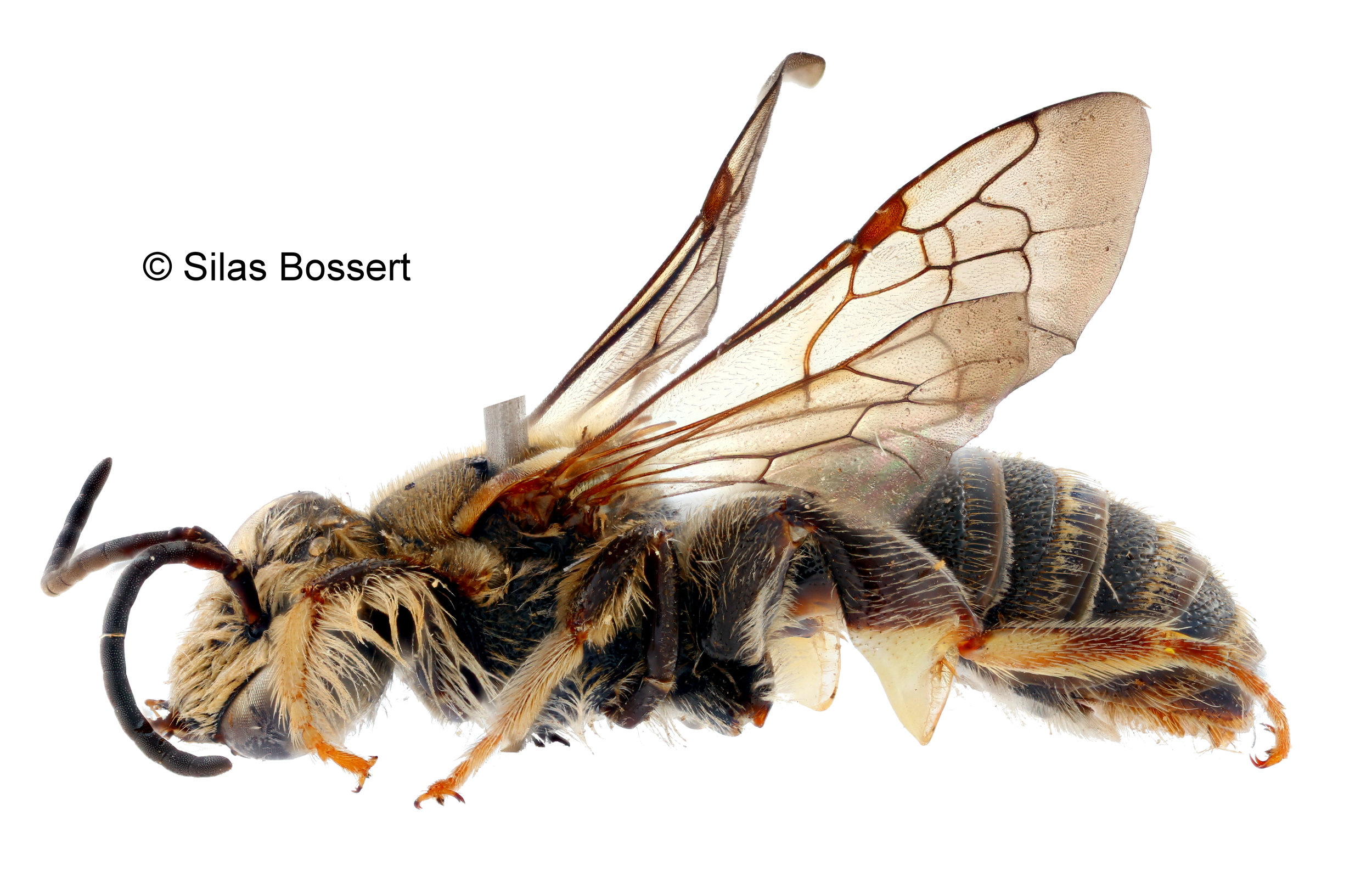Bee Museum Exhibit and Poster
During my time as a graduate student at Cornell, I had the amazing opportunity to be involved in the development of a museum exhibit on the evolution of bees. The exhibit ‘BEES! Diversity, Evolution, Conservation’ was housed at the Museum of the Earth in Ithaca, NY. It has a really well developed online presence, so please check it out! The primary contributors were the museum personal and my former supervisor Bryan Danforth.
For the exhibit, I designed a large educational poster, which I expanded over the years. I printed a number of versions and I settled on the one below. If you want to print the poster yourself (or stare at the screen), you can download it here as super high-resolution JPG (Pdf upon request). It is approx. bus stop sized (56’’ x 40’’). Please let me know if you like the poster or if you used it somewhere! Except for the ESM photos, which were kindly provided by Megan Asche (thank you!), I took all bee photos myself.
The apid Tree of Life
I study the evolutionary relationships of bees and finished a project on the relationships of the largest bee family Apidae in 2019.
The phylogeny of Apidae, inferred from a combined data set of transcriptomes and ultraconserved elements (UCEs). If you are interested in details about the study, please find the article in the papers section.
Below are selected photographs of bee specimens that I examined in the natural history collections of the American Museum of Natural History (AMNH), the National Museum of Natural History (NMNH), the Naturhistorisches Museum Wien (NHMW), the Museum of Natural Sciences of Belgium (RBINS), the Logan Bee Lab, and the Cornell University Insect Collection (CUIC).
Macronomia clavisetis
A species of Nomiinae from Africa. The males not only have enlarged tibiae but also giant femurs. Look at these legs!
Systropha krigei
A male of the South African bee species S. krigei. Like all species of the genus Systropha, this species is oligolectic on species of Morning Glory (Convolvulaceae). This means that they are specialized to only collect pollen from flowers of their specific host-plants.
Melitta leporina
A male of Melitta leporina. This bee belongs to the bee family Melittidae, which are host-plant specialists. M. leporina exclusively collects pollen from legumes flowers (Fabaceae).
Clavinomia clavicornis
Even though this species was already described in 1980 by Klaus Warncke, not more than 8 records of this species are known. The bee on the left is one of just two known female specimens!
Eufriesea mexicana
The orchid bee Eufriesea mexicana occurs throughout Mesoamerica - not only in Mexico! It's genome was recently sequenced by Karen Kapheim's lab (link). We have good indications that the orchid bees are the most basal group within the corbiculate bees - and the only ones which aren't eusocial!
Stictonomia sangaensis
Stictonomia is a genus of nomiine bees restricted to Africa. Only 10 species are known, most of them only by a few records!
Bombus pennsylvanicus
Bumblebees are crazy. Everyone knows them but few know how crazy they actually are. As if eusocical behaviors aren't sophisticated enough, they can be narrow host plant specialists (Bombus gerstäckeri) or obligate social parasites (the subgenus Psithyrus)!
Steganomus junodi
Another Nomiinae- by now you might know that I have a weakness for them. Steganomus occurs in tropical Africa (5 species) and Southeast Asia (6 species). It is the only Nomia with only two submarginal cells!







